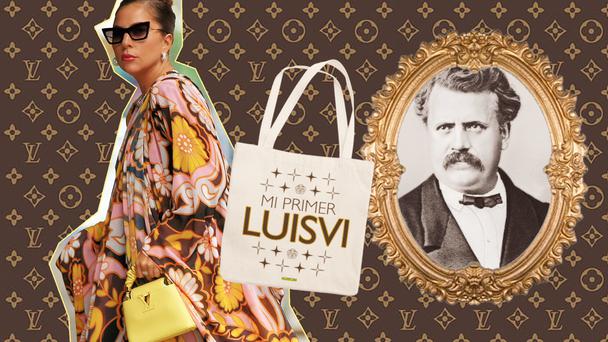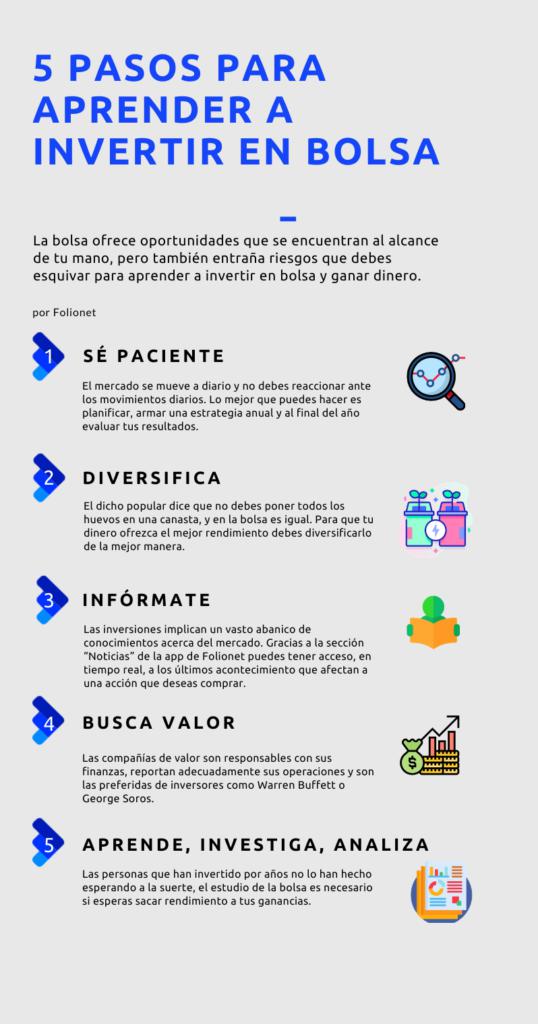Louis Vuitton, the art of living or living with art: 200 years defining luxury
Anniversary PorEFE/RTVE
On August 4, 1821, Louis Vuitton was born. In 1837, when he was only sixteen years old, he traveled on foot to Paris with a dream in his hands. Today Louis Vuitton, the man who invented modern luxury, would be 200 years old, and he could never have imagined the impact his signature would continue to have on his bicentennial. His story, since he set foot in the French capital for the first time, is that of a true self-made man: he began his career as an apprentice, and trunks were his thing. At the age of 20, he learned to read and write to found his own business, and it was in 1854 that he opened the workshop that would make him a myth: a travel object company with which he intended to reach the powerful who visited the world from the beginning. small site Rue Neuve-des-Capucines, near Place Vendôme.
"At that time, luggage was not something luxurious. People traveled with wooden trunks. His greatest innovation was to personalize the suitcases with fabrics, not only to protect them from the rain, but also to dress them, and include his monogram on them, which served as a form of publicity and social recognition", he explains. Having a Louis Vuitton suitcase was a sign of social status: among his clients were Empress Eugenia de Montijo, married to Louis Napoleon Bonaparte; Queen Victoria of England, Elizabeth II of Spain and her son Alfonso XII, and adventurers such as Pietro Paolo Savorgnan di Brazza.
'Inventor of luxury' for the generation of leisure and consumption
Louis Vuitton was one of the first people to understand the importance and value of giving its name to an object, it evolved the world of travel and luxury by creating the first flat suitcases and became the patriarch of one of the most iconic industrial sagas. famous. "He was above all a great visionary. The monograms on his suitcases, the special orders... He developed all the codes of luxury," Stéphanie Bonvicini, author of Louis Vuitton, explains to EFE. Une saga française, whose documented book reveals the great shadows of the Vuitton.
Vuitton devised picnic accessories, folding beds, hat holders, suitcases with drawers or the first wardrobe-suitcase that allowed up to twenty-five dresses to be transported without wrinkling. Creations that responded to his spirit of the time, not only for innovation, but also for that insatiable search for leisure and consumption that was promulgated as a way to stop the continuous revolts of the first half of the 19th century.

His company did not stop growing, and in the middle of the 19th century, he was a forerunner of some of the industrial practices that have survived to this day: he improved the conditions of workers with a prelude to a pension fund and social security, and anticipated the advantages business of the globalization of brands. He was one of the first to open a store abroad and to use franchises to sell his products. It was in London, by the way, where he opened the doors of the Louis Vuitton store: quite a provocation for the English.
When he died in 1892, almost as a will, he drew up a catalog with all the creations he had made without taking his eyes off the novelties of the Industrial Revolution and the emerging tourism industry, which he accompanied by creating the first flat suitcases with fabrics , unbreakable locks and other leisure accessories.
When imitation becomes recognition
One of the great battles in the life of Louis Vuitton was his crusade against imitations: they copied his first gray canvas suitcase, his striped creations or the checkerboard, on which he had his name marked to avoid plagiarism, something never seen before. so. His fight was fierce, but he soon understood that if he was copied, it was because his suitcases were a desired object: his son, Georges Vuitton, added the emblematic 'LV' signature to his father's products to differentiate them, but he did not succeed. . The initials became one of the most copied prints in the world.
The Louis Vuitton company became that of his family saga: Georges promoted the expansion to the United States, Gaston was a lover of innovation, like his grandfather, and Henri Vuitton, great-grandson, manufactured propaganda objects for the Vichy Government in a maneuver that darkened the name of the firm for some time. In the 1980s, the heirs wanted to integrate the brand into a larger group: the firm was engulfed by Bernard Arnault, who integrated it into the LVMH luxury group and turned it into a flagship of haute couture.
Louis Vuitton dresses powerful women who do not need fashion to empower themselvesFirst it was modern, then classic; now it's back to being the best
200 years later, the brand is still starring in moments of luxury and being an aspirational ideal, as demonstrated by the funny video of the 'luisvi' mother: the bags of the French house are sweeping among the young women of the richest neighborhoods of Madrid, and a legion of celebrities have been melting for the accessories of the 'maison' for several years. For example, Alaska and Mario Vaquerizo.
In addition, Louis Vuitton has an excellent relationship with Hollywood and actresses like Alicia Vikander, Emma Stone and Jennifer Connelly exude modern glamor from the front rows of their shows, as do veterans like Catherine Deneuve and new sensations like tennis player Naomi Osaka. Countless celebrities who wear Louis Vuitton, the haute couture firm, on the most prestigious red carpets, like Jodie Foster in Cannes, or in the streets full of photographers, like Lady Gaga in New York.
An exceptional destiny for Louis Vuitton, the man, who seems to be taken from 19th century literature: an illiterate son of millers who built a prolific industry marked by technical inventions and his relationships with high society. The brand is now celebrating this bicentennial with a series of video games and reinterpretations of its designs. And this year a fictional novel about his life and a biographical documentary are being published.


